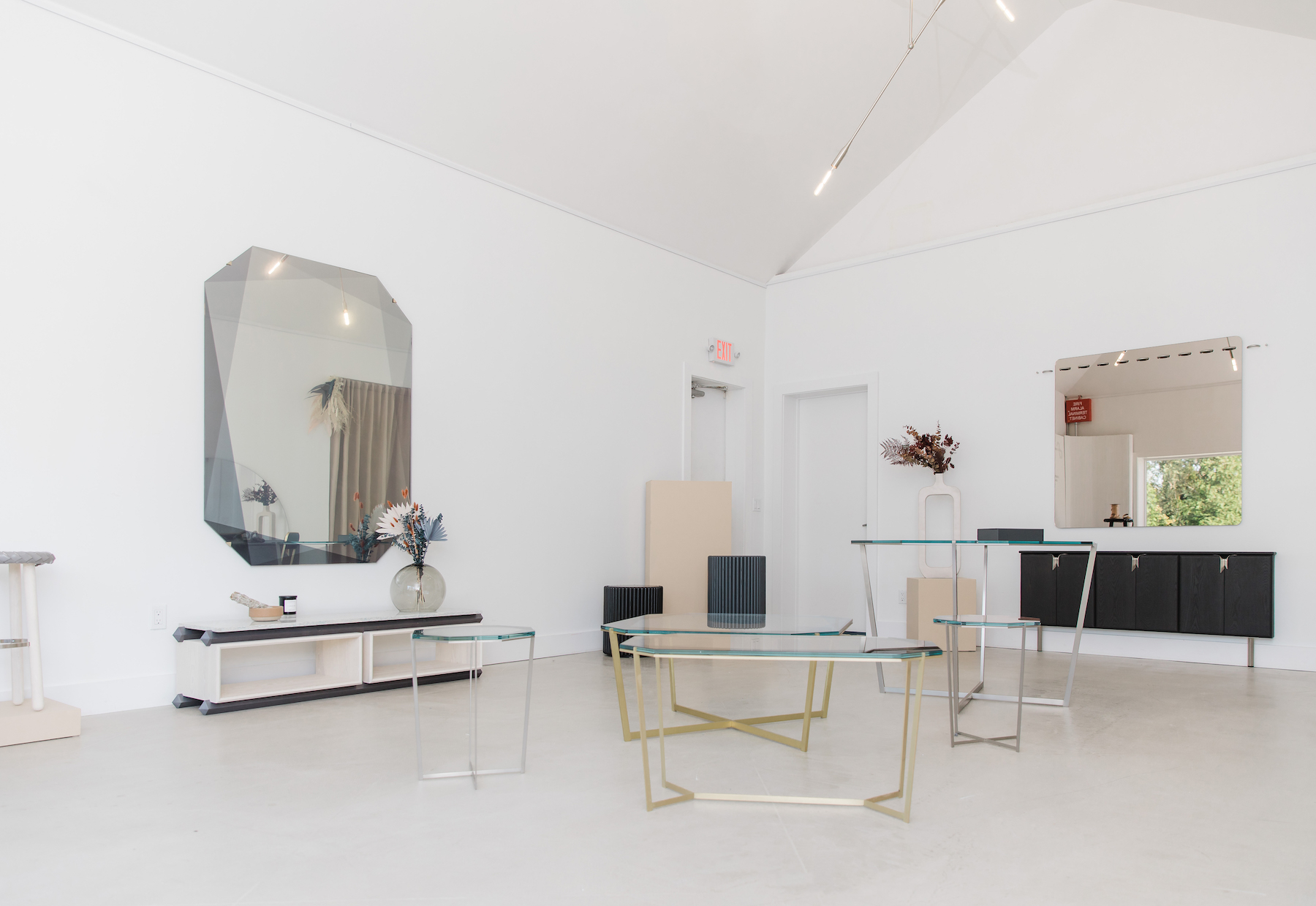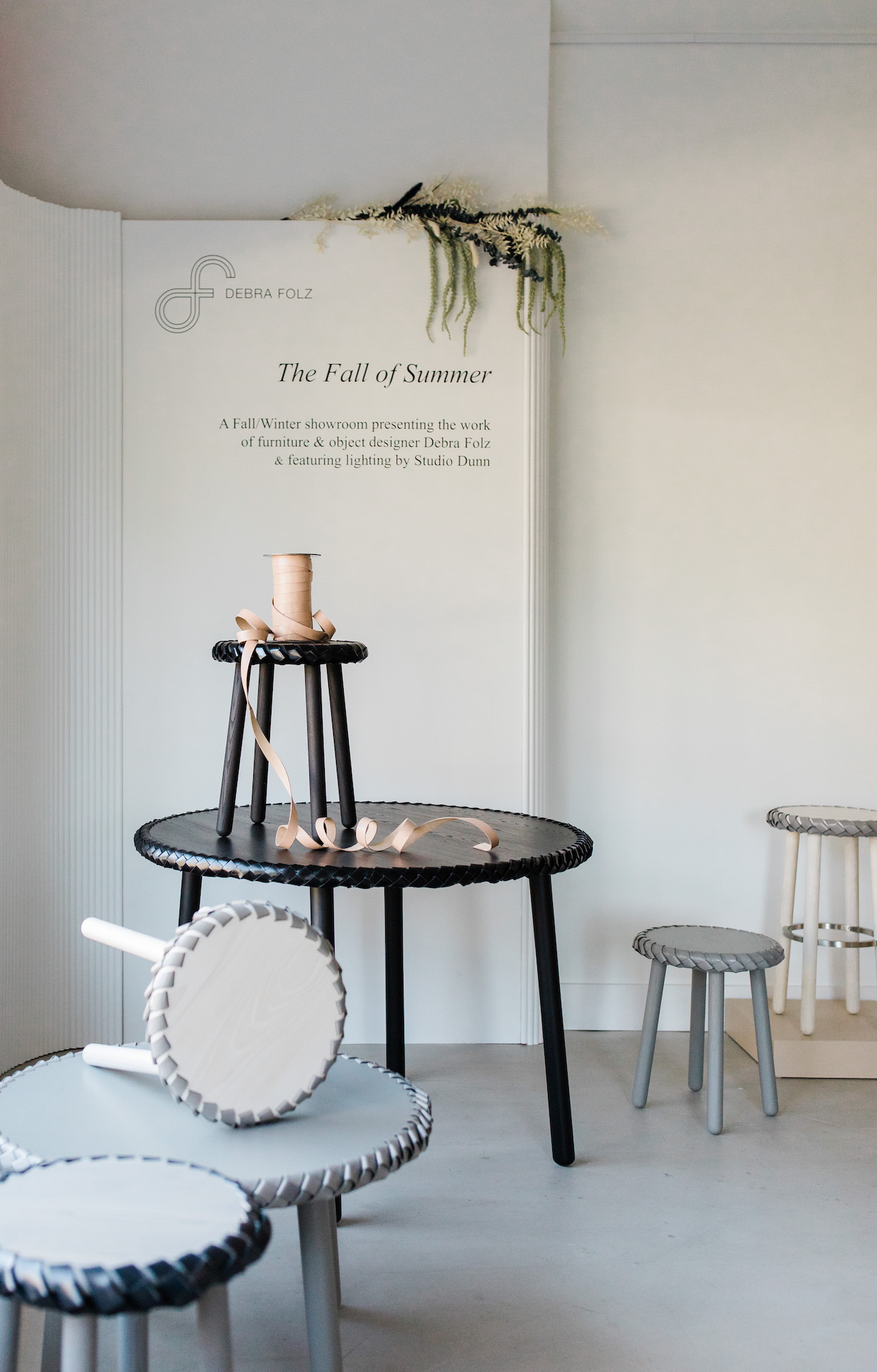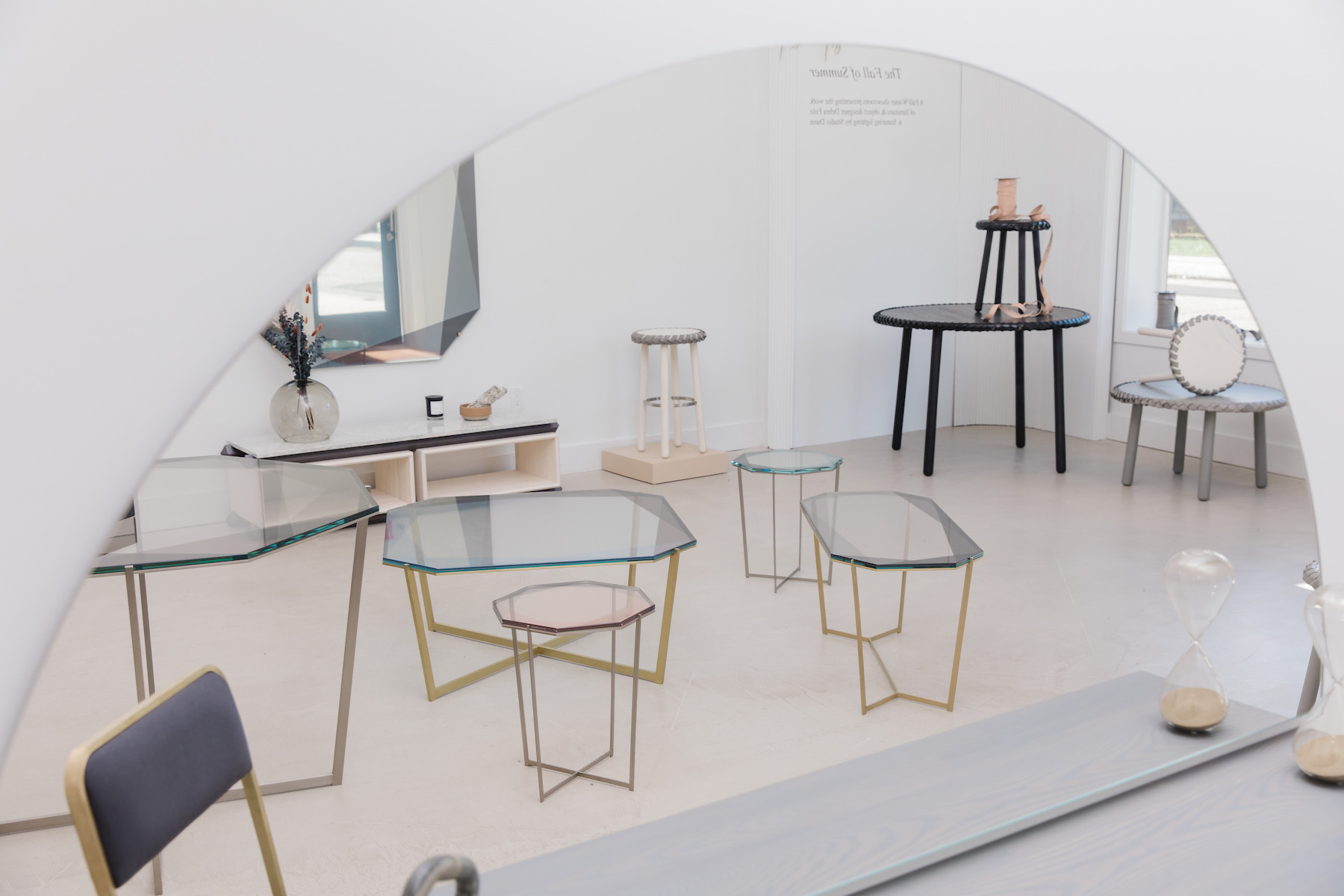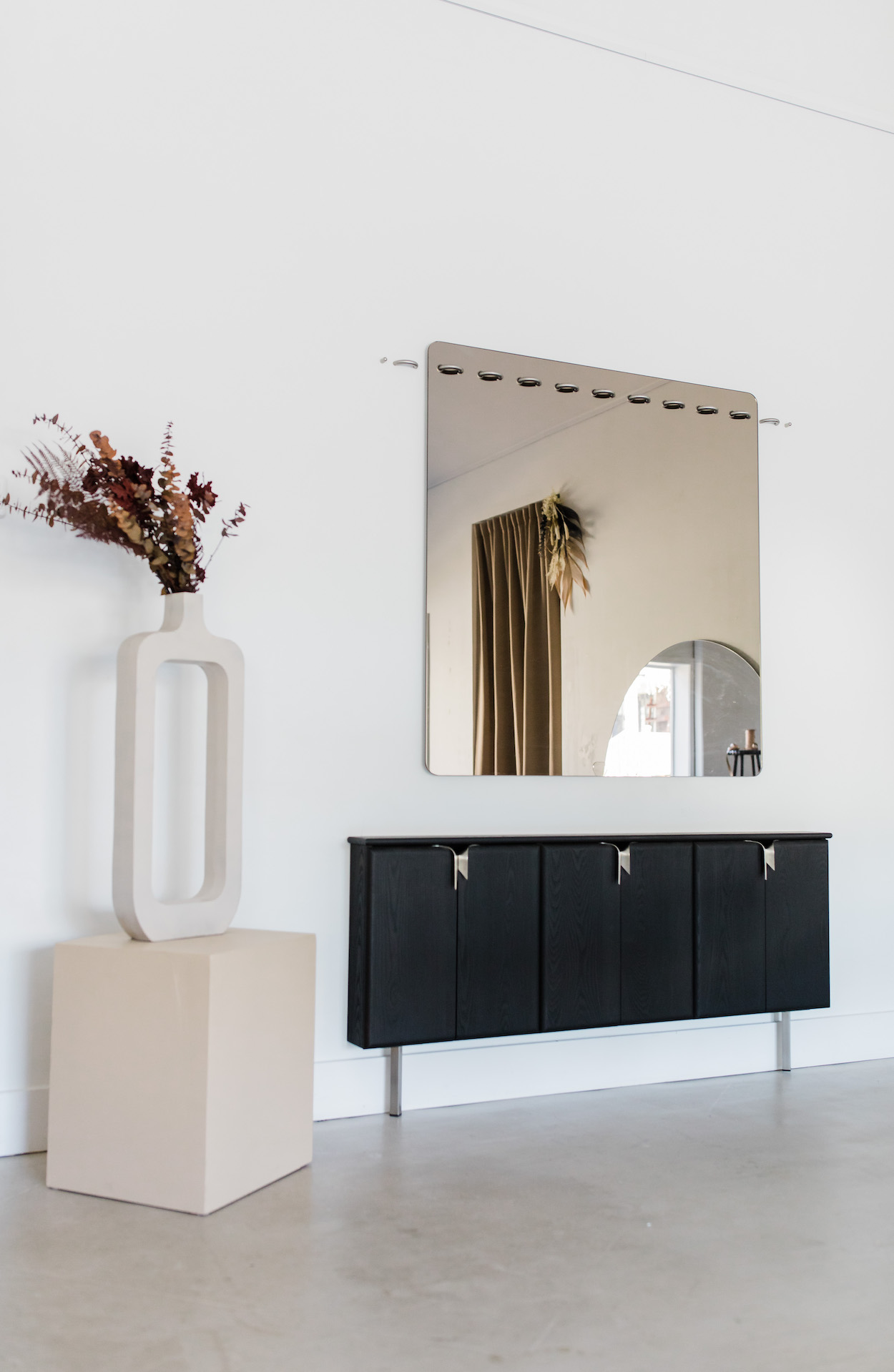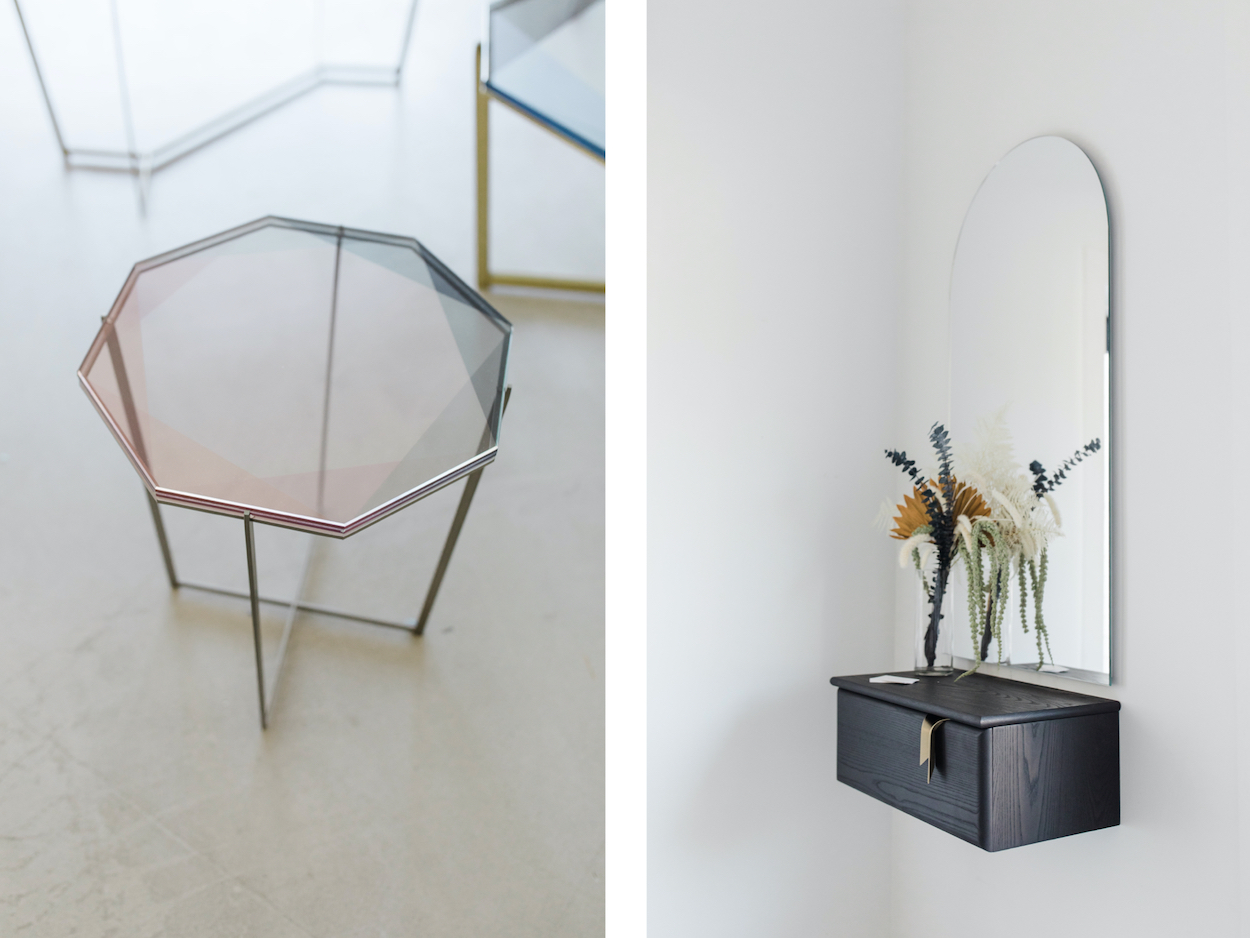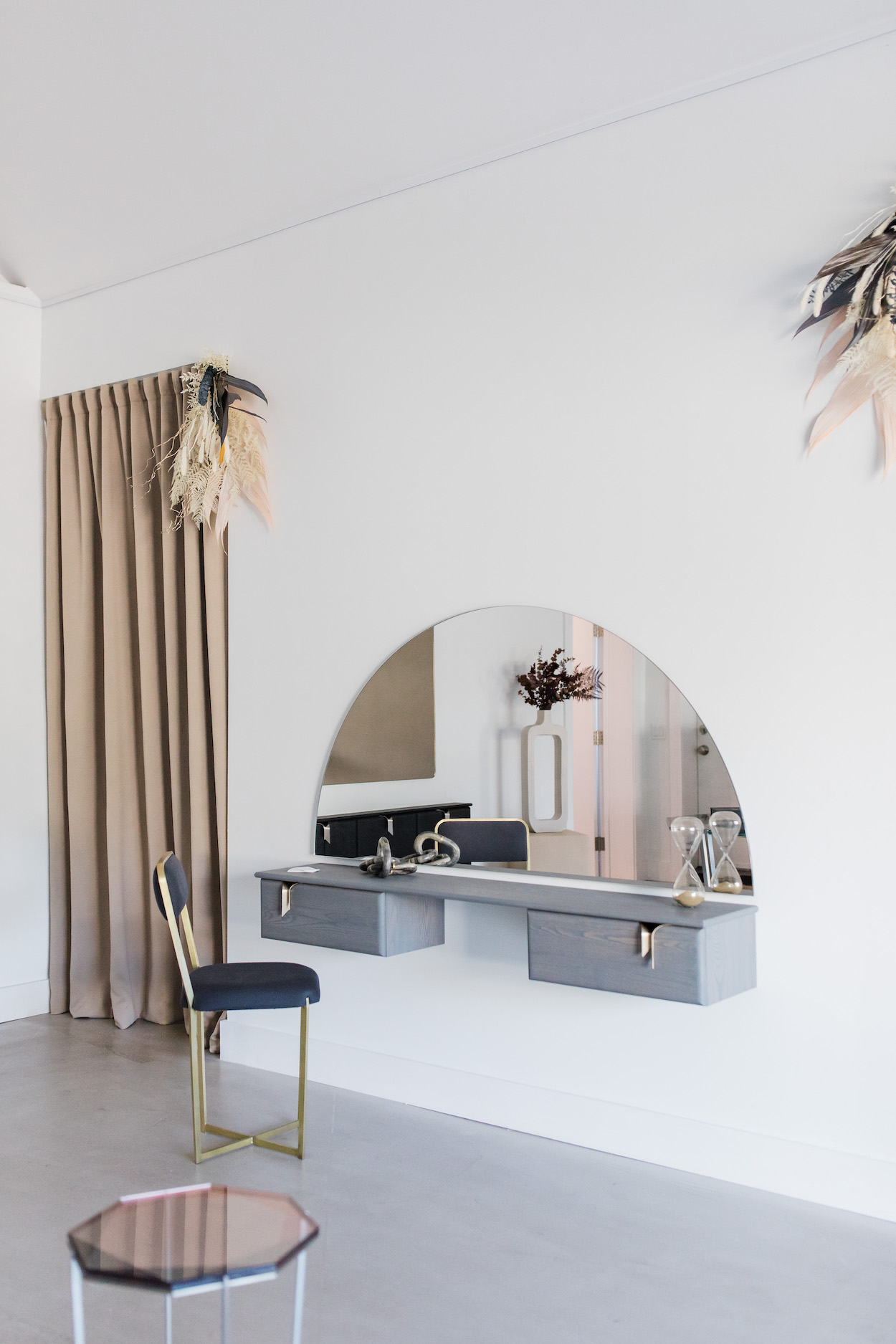Here, we ask designers to take a selfie and give us an inside look at their life.
Age: 41
Occupation: Furniture designer.
Instagram: @debrafolz
Hometown: Huntington, NY.
Studio location: Providence, RI.
Describe what you make: I’m a furniture and object designer, creating original and functional pieces for home and hospitality. I work directly with clients as well as residential and commercial interior designers and architects.
The most important thing you’ve designed to date: I love this question. I guess that depends on what you define as important. I think I define it as what I learned and how it moved me forward. The first item I ever designed and sold was a photo album. It was important because I learned so many first lessons in my business, all the basics: invoicing, shipping, pricing, and packaging. The Gem Collection was important because it was so well-received in the market that it really enabled me to grow my business, expand, and engage in a wide range of trade projects.
The Sewn Surfaces Mirrors were important because they marked a transition from actual textile incorporation (cross stitch, braiding, etc.) to textile representation through hard surfaces designed to look soft. Most recently, the Ribbon Collection is important because I learned to trust that the ideas I connected with, others would connect with too. I remember looking at my first hand drawings of the ribbon dresser and thinking “I don’t know… is this totally weird?” I learned that people want to take that trip with you down the rabbit hole and share in your crazy ideas. Those have been the pieces that really resonate—the ones you thought maybe only you would like.
Describe the problem your work solves: I wouldn’t say I approach my work to solve a problem. I’ve developed a set of values that guide how I connect my ideas with the design and production of my objects. These details are very important to me. That’s where I am most of the time. I don’t focus on any one material, but select materials that best communicate the concept. Most pieces incorporate at least two different materials, which sometimes makes it more difficult to produce but also makes it special. It is and always has been important to me that my work is manufactured in the U.S. I’ve had relationships with a number of local craftspeople for the whole ten years. Those relationships are very important to me.
Describe the project you are working on now: I’m currently working to expand my glass furniture collections and exploring additional applications of my work with glass in residential and commercial contexts.
A new or forthcoming project we should know about: I just opened a new (and very first!) physical showroom of my work in Westhampton, Long Island. The space showcases a little something from all of our collections developed over the years, serves to highlight pieces we have readily in stock for direct purchase, and provides a space for me to meet with my trade clients, both established and new, to discuss the pieces and the capability to customize them for their projects. I work from the space six days a week. Some clients I’ve worked with for a number of years but I’m just meeting in person now. I’ve been waiting a long time to have a space to create an environment for my work, to have it all together. I’m really enjoying being here.
What you absolutely must have in your studio: Mechanical pencils, trace, a tack board and tacks, strong black coffee, warmth, music, and optimism.
What you do when you’re not working: Running, spinning, and daydreaming.
Sources of creative envy: I’m not sure there are specific people I’d name here, but I draw a great deal of inspiration from fashion and architecture. I’m always collecting imagery and articles from different works, past and present.
The distraction you want to eliminate: Strategizing. I used to spend a large amount of time zoomed out, considering the big picture, the year, the three years, and the ten years. Then all my (and everyone’s) plans were changed this year. It has really taught me how to be present in the place I’m in, to do what I‘m doing the best I can, and let the journey inform the future instead of the other way around.
Concrete or marble? Marble.
High-rise or townhouse? Townhouse.
Remember or forget? Remember.
Aliens or ghosts? Ghosts.
Dark or light? Light.




